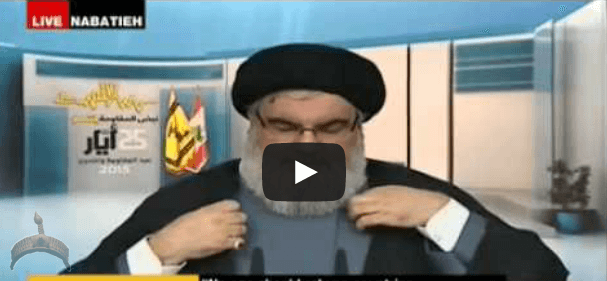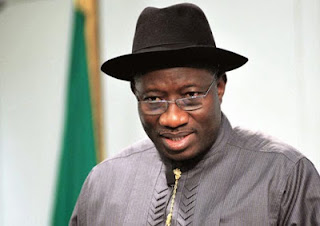By
January of 2014, weapons had already been secretly flowing from the
Pentagon to Syria’s moderate opposition forces for months. These
included small arms and anti-tank rockets. The supply had been approved
by the US Congress behind closed doors, after lawmakers expressed
confidence that arms stockpiles were not being transferred
to extremists. This certainty was renewed in February of this year, when
the US began shipping additional weapons to moderate forces, including
pickup trucks, mortars and additional small arms.
"The goal for the train and equip program is
to build the capabilities of the moderate Syrian fighters to defend the
Syrian people," Cmdr. Elissa Smith, a Pentagon spokeswoman, said in a
statement.
The
US government had no way of knowing that those arms supplies would,
in fact, aid the extremist Islamic State, which rose from the wreckage
of the wars in Syria and Iraq. Washington had no way of predicting that
Islamic State fighters would get their hands on the massive weapons
stockpile left in Ramadi, Iraq, where "a half dozen US tanks were
abandoned, a similar number of artillery pieces, a large number
of armored personnel carriers, and about 100 wheeled vehicles –
like Humvees," according to Pentagon spokesman Col. Steve Warren.
But according to new documents from the Defense Intelligence Agency,
obtained by Judicial Watch,
the United States knew all too well that arming moderates would
actually result in the arming of extremists, but looked the other way
in the interest of undermining the Assad regime.
For starters, the documents show that the Pentagon was fully aware of al-Qaeda’s key placement within the Syrian opposition.
"AQI supported the Syrian opposition from the beginning, both ideologically and through the media."
The report then shows that the Pentagon was briefed on the rise of the Islamic State.
"If the situation unravels there is the possibility of establishing a
declared or undeclared Salafist principality in eastern Syria (Hasaka
and Der Zor), and this is exactly what the supporting powers to the
opposition want, in order to isolate the Syrian regime," reads the DIA
report, dated August of 2012.
The documents also point out the opposition’s refuge in the chaos of the Iraqi borderlands.
"The opposition forces will try to use the
Iraqi territory as a safe haven for its forces taking advantage of the
sympathy of the Iraqi border population, meanwhile trying to recruit
fighters and train them on the Iraqi side…" the report reads.
The documents also make mention of the possible collusion between various terrorist groups in the region.
"ISIL could also declare an Islamic State through its union
with other terrorist organizations in Iraq and Syria, which will create
grave danger in regards to unifying Iraq and the protection of its
territory."
Yet, even with these predictions, the United States government went
ahead in arming the so-called moderate factions. Whether this was a
gamble on the part of US intelligence, or a show of solidarity
with allies who have knowingly funded the Islamic State – like Saudi
Arabia, Kuwait, and Qatar – is impossible to say.




























































